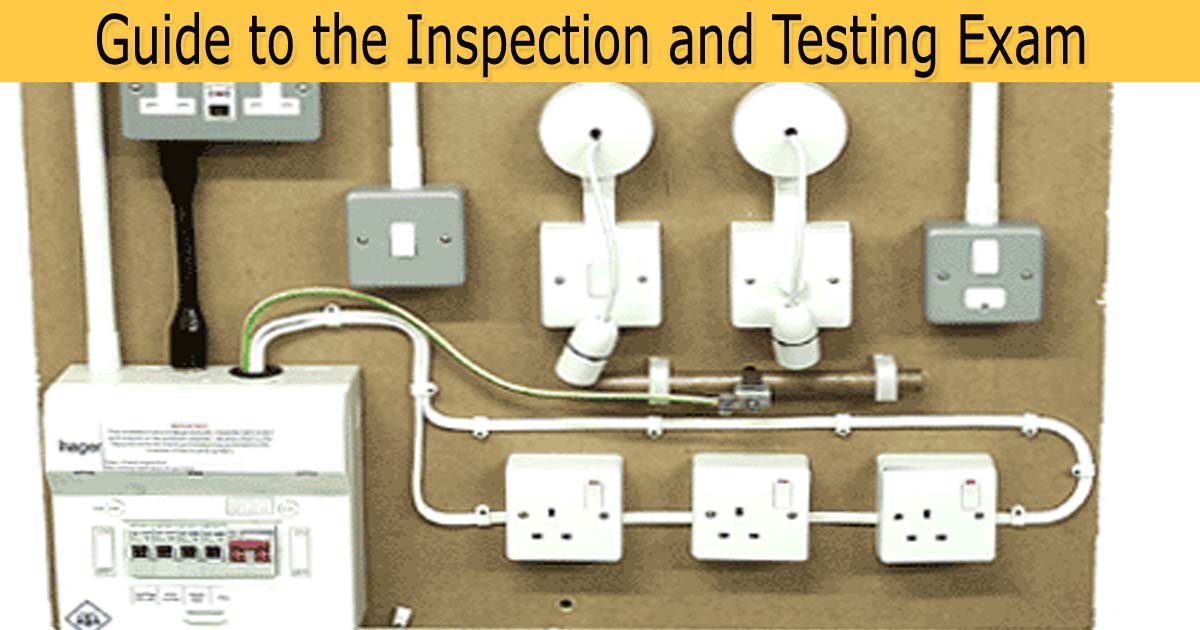- Location
- Tennessee NEC:2017
- Occupation
- Semi-Retired Electrician
I know the test button on the receptacle is the correct way to test one. I also know that if using a plug-in tester it will trip/work if there is an EGC connected, but won't if no EGC. However, I have found this twice in the last few months where a receptacle had a properly connected EGC but a plug-in tester would not trip the GFCI but the test button would. The customers ask me if the GFCI needed replacing. I tell them the test button should be the defining answer. But I'm wondering why a plug-in tester will not trip the GFCI when it has an EGC that is properly connected. These have both been in houses less than 20 yrs old.


